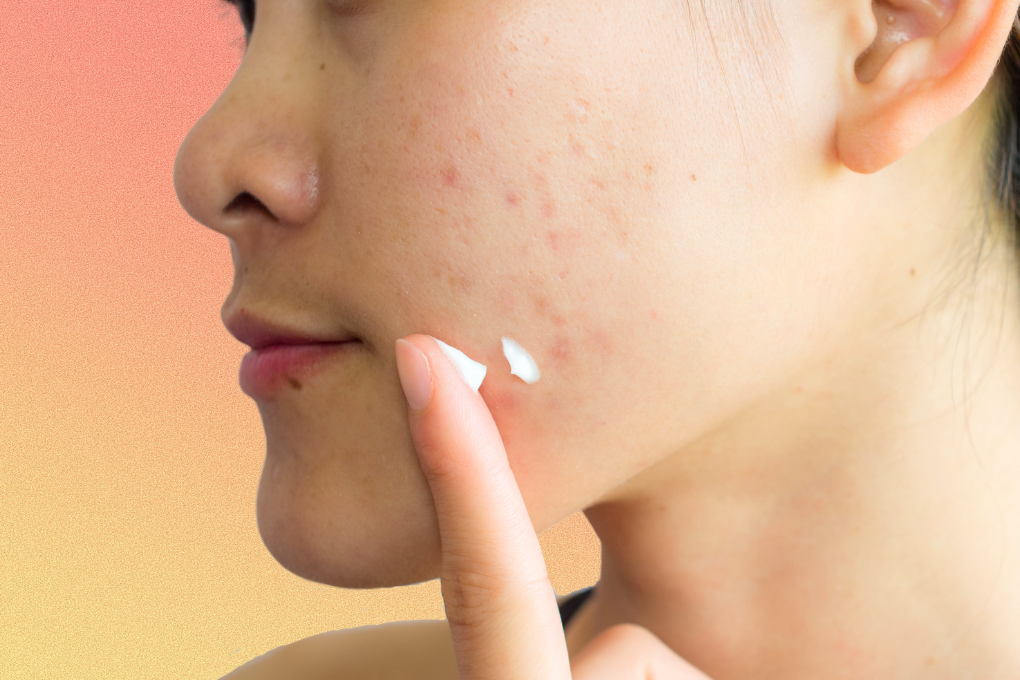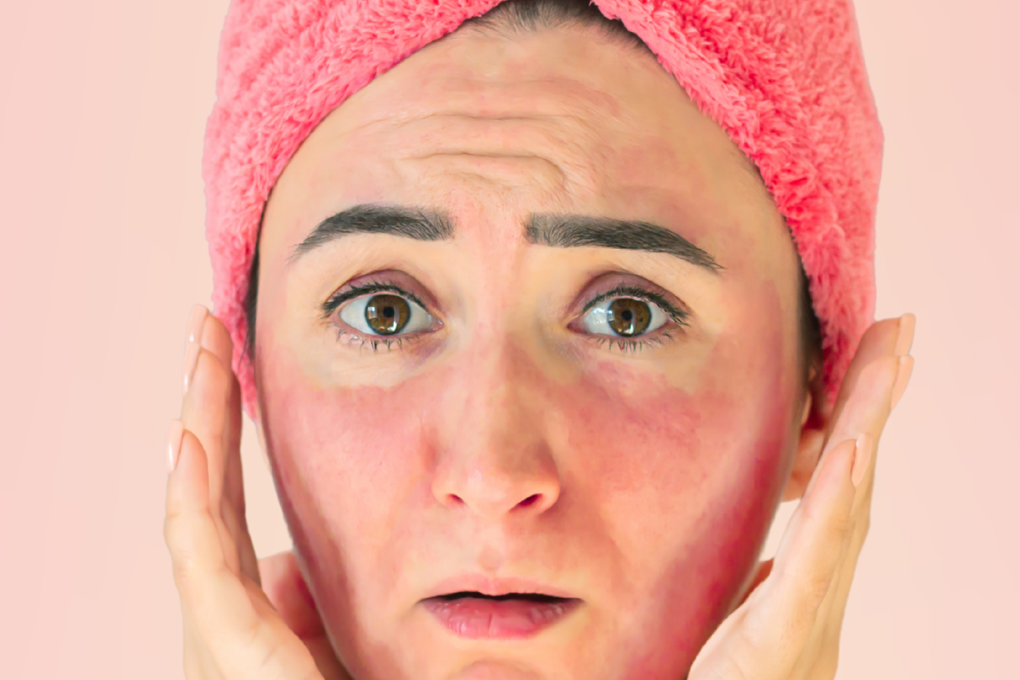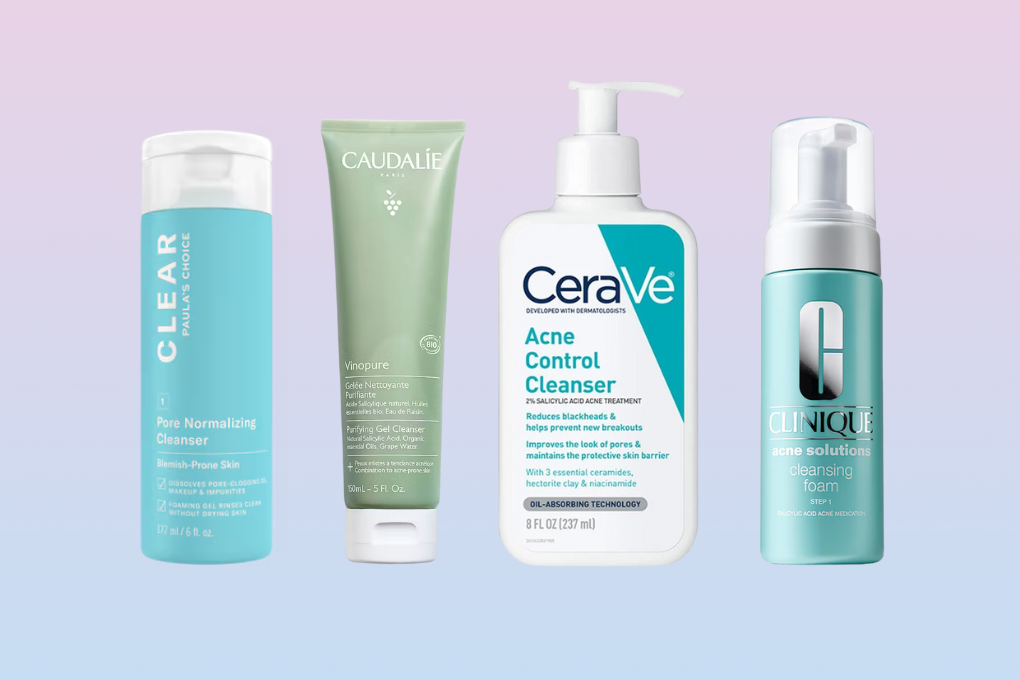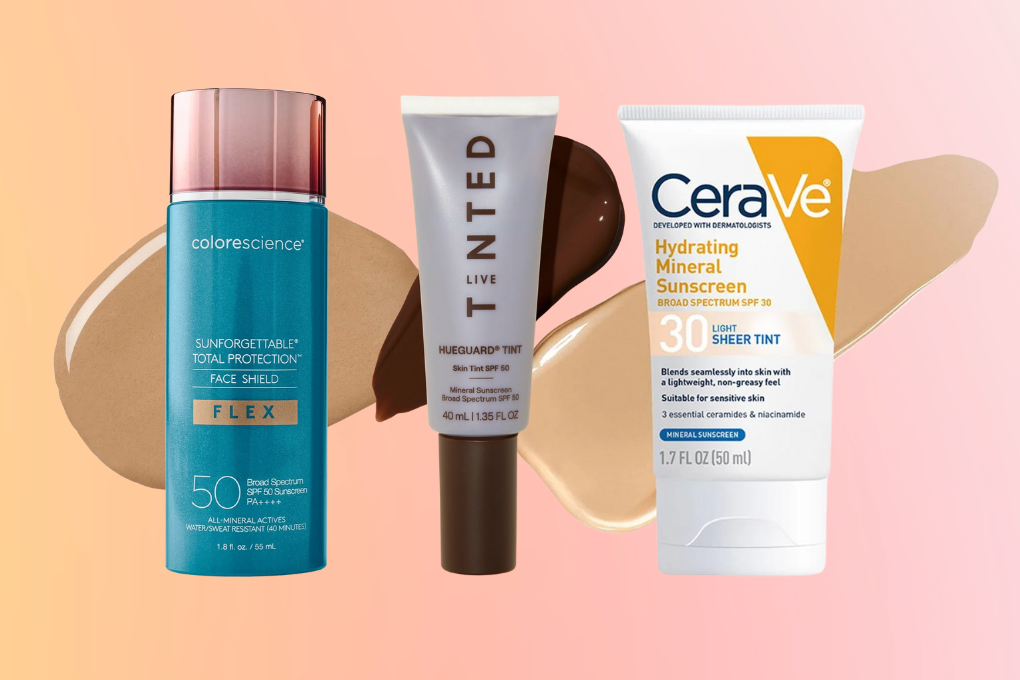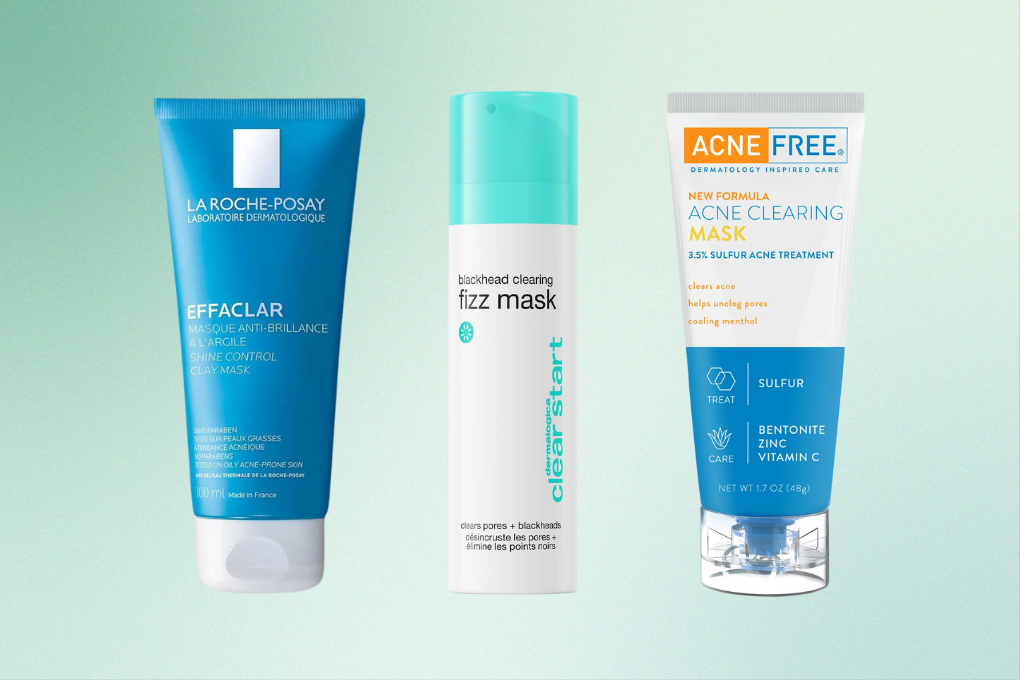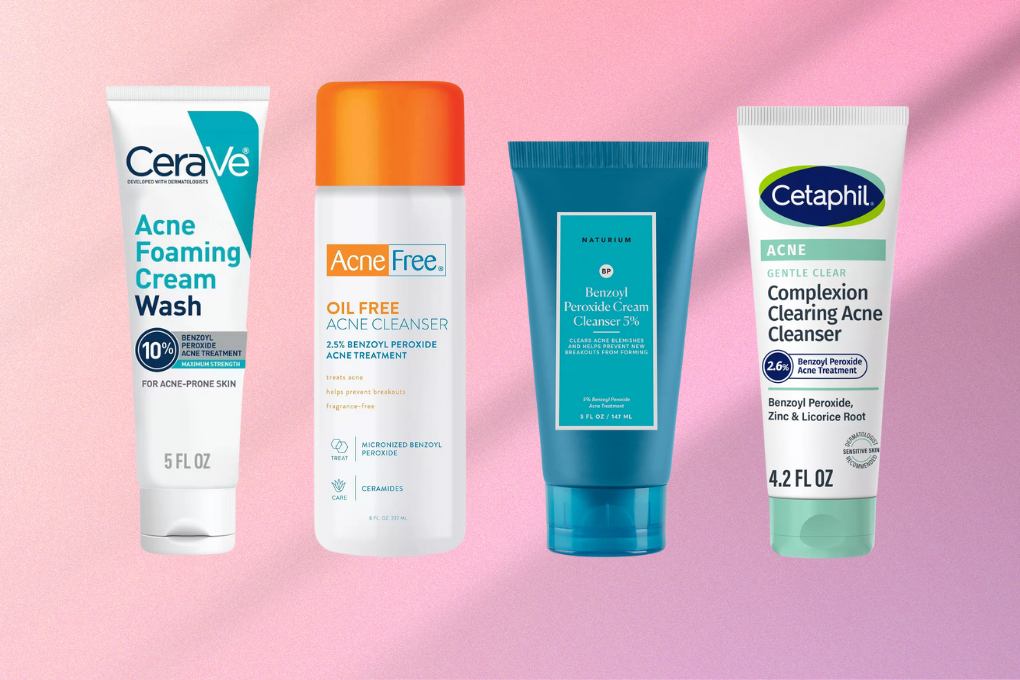Many acne treatments are known for being harsh and difficult to stick with if you have sensitive skin. If you have been looking for an active ingredient that can address breakouts while remaining gentle, you probably want to check out azelaic acid for acne.
What is Azelaic Acid?
Azelaic acid is a naturally occurring compound that is found in small amounts on your skin. It can be derived from grains such as wheat, barley, and rye, and can also be produced synthetically for use in skincare products. It belongs to a class of acids called dicarboxylic acids, and it is widely used in dermatology for its beneficial effects on the skin. Azelaic acid is often used in treatments for acne, hyperpigmentation, and rosacea.
Benefits of Azelaic Acid
Azelaic acid is a gentle acne treatment that is often used for people with sensitive skin or who are pregnant, as it is considered to be safe for pregnancy and breastfeeding. Although it is gentle, the combined antimicrobial, anti-inflammatory, and exfoliating properties of azelaic acid make it an effective treatment option for acne and hyperpigmentation from acne.
Antimicrobial
Azelaic acid naturally has antimicrobial effects, meaning it can help prevent the growth of certain bacteria on the skin, including the bacteria associated with acne. By reducing the amount of acne-causing bacteria, azelaic acid can help to keep new breakouts from forming.
Anti-Inflammatory
The anti-inflammatory properties of azelaic acid help to calm the skin, reduce redness, and alleviate the inflammation and physical discomfort that often goes along with acne, particularly cystic acne.
Exfoliation
By encouraging a more regular cell turnover, azelaic acid helps prevent the buildup of dead skin cells that can clog pores and contribute to the formation of acne lesions. Although azelaic acid’s primary way of preventing acne is not through exfoliation, which is relatively mild compared to other exfoliating ingredients like alpha-hydroxy acids (AHAs) or beta-hydroxy acids (BHAs), it can contribute to a smoother skin texture and help prevent comedones.
Azelaic Acid for Hyperpigmentation
Azelaic acid can also help to fade the red or dark marks called post-inflammatory hyperpigmentation that acne can leave behind.
This hyperpigmentation is caused by an increase in melanin production, where acne has caused inflammation. This excess melanin accumulates, resulting in the darkening of that spot. Hyperpigmentation can occur in all skin types, but it is more common and lasts longer in people with darker skin tones.
Azelaic acid can help fade hyperpigmentation by inhibiting tyrosinase, which is an enzyme used in melanin production. This can help give you a more even skin tone and reduce the appearance of these post-acne marks.
Best Azelaic Acid for Acne
Azelaic acid is available in topical formulations such as creams, gels, and serums, and it is typically applied directly to the affected areas of the skin.
It is available both by prescription or over the counter. However, it’s always recommended to consult with a dermatologist or healthcare professional to determine the most appropriate and effective use of azelaic acid for your specific skin concerns.
The main difference between prescription and over-the-counter azelaic acid is the concentration of the active ingredient. Prescription azelaic acid is available in strengths of 15% and 20%, while over-the-counter azelaic acid is only available in strengths of 10% or less.
Paula's Choice 10% Azelaic Acid Booster with Licorice and 0.5% Salicylic Acid
This 10% Azelaic Acid Booster from popular skincare brand Paula's Choice is one of the strongest azelaic acid products available over the counter. The azelaic acid is combined with 0.5% salicylic acid to fight acne, fade hyperpigmentation, and reduce redness. It comes in a lightweight gel-cream formula that can be applied by itself or mixed with a serum or moisturizer to simplify your routine.
- Great for sensitive or rosacea-prone skin
- Reduces redness, fights acne, and fades marks
- Can be mixed with other skincare products
- Expensive for the amount
Proactiv Clean Azelaic Pore Perfector Cream Serum with 5% Azelaic Acid
THAYERS Let's Be Clear Water Cream with 3% Azelaic Acid
La Roche Posay Anthelios Sunscreen UV Clear with Azelaic Acid Broad Spectrum SPF 50
Anthelios UV Clear Sunscreen from La Roche Posay was specifically designed for acne-prone and rosacea-prone skin. Its barely-there lightweight texture is noncomedogenic, and it uses azelaic acid to brighten and gently fight acne. Cell-Ox Shield Technology combines UVA and UVB protection with antioxidant protection to defend skin from free radicals caused by the sun. It soothes and hydrates and dries down to a natural finish.
- Barely-there texture with invisible finish
- Azelaic acid to brighten and fight acne
- Not water-resistant
Side Effects of Azelaic Acid
Azelaic acid is generally well-tolerated, but some people may experience side effects, such as dryness, redness, peeling, and irritation.
If you experience any side effects from azelaic acid, you should stop using it and talk to your doctor.
Does Azelaic Acid Cause Purging?
Purging is a temporary worsening of breakouts that can occur when you start using a new acne treatment that increases cell turnover. This can bring up clogged pores that were previously hidden below the skin’s surface.
Azelaic acid is a relatively gentle treatment, and it is not as likely to cause purging as other acne treatments, such as retinoids. However, it is still possible to experience purging with azelaic acid. To minimize purging with azelaic acid, you can start by using it just a few times a week and then gradually increase the frequency of use as your skin gets used to it.
How Long Does Azelaic Acid Take to Work?
Azelaic acid for acne can take several weeks to start working, so be patient. It can vary greatly depending on the strength of azelaic acid that you are using, the condition you are trying to treat, and your individual skin type.
If you are not seeing any results after a couple of months, you should contact your doctor.
Unlike many harsh acne treatments, azelaic acid offers a milder approach while still delivering powerful results. Its antimicrobial, anti-inflammatory, and exfoliating properties make it a gentle and effective treatment that is safe for all skin types.





